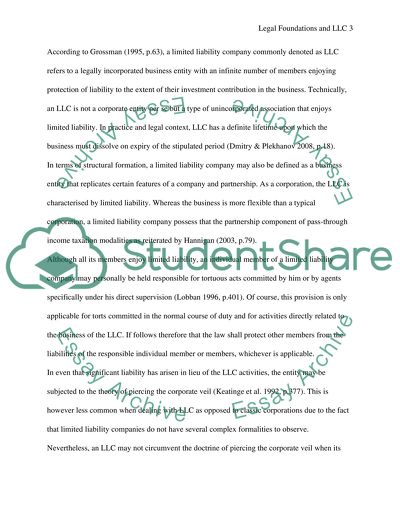Cite this document
(“Legal foundations in business and the discovery of limited liability Assignment”, n.d.)
Retrieved from https://studentshare.org/law/1404186-legal-foundations-for-business
Retrieved from https://studentshare.org/law/1404186-legal-foundations-for-business
(Legal Foundations in Business and the Discovery of Limited Liability Assignment)
https://studentshare.org/law/1404186-legal-foundations-for-business.
https://studentshare.org/law/1404186-legal-foundations-for-business.
“Legal Foundations in Business and the Discovery of Limited Liability Assignment”, n.d. https://studentshare.org/law/1404186-legal-foundations-for-business.


